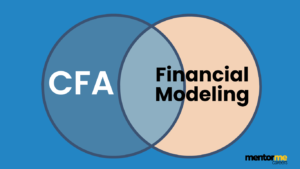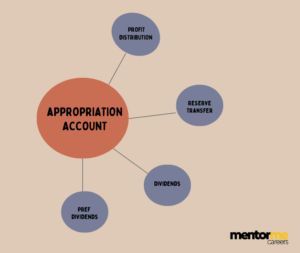Last updated on December 15th, 2022 at 11:45 am

Author: Sarthak Bhalerao
Introduction
In this article, we will be explaining what the Working Capital cycle means and how you can help your business by having greater control over your affairs and transactions, letting you navigate every business aspect. Find out why Working Capital Cycle means for a small business by weighing their current assets and current liabilities.
Table of Contents
- What is a Working Capital Cycle?
- Steps involving working Capital Cycle
- Working Capital Cycle formula and calculation
- Positive vs Negative Working Capital Cycle
What is a Working Capital Cycle?
The Working Capital Cycle for a business is the total time it takes to convert their total net working capital (current assets and current liabilities) into cash. Typically, companies manage this cycle by selling inventory quickly, collecting revenue from customers rapidly, and paying their bills slowly to optimise their cash flow. Long cycles indicate that the capital is tied up for a longer time without earning any return. Short cycles allow the business to free up cash faster and be more flexible and agile.
Steps involving Working Capital Cycle
For most companies, the working capital cycle works as follows:
- The company purchases materials on credit for the manufacturing process. For example, the company has 90 days to pay for the raw materials (payable days)
- On average, the company sells its inventory in 85 days (inventory days)
- On average, the company receives early payment from customers for their products sold in 20 days (receivable days)
The company gets the materials to produce and manufacture inventory, but they initially do not dispense any cash, i.e., the purchase was made on credit. They pay back the money in 90 days. Eighty-five days after buying the materials, the finished goods are made and sold on credit. The company receives the cash 20 days after the sale of the goods, and the working capital cycle is completed.
Working Capital Cycle formula and calculation
Based on the steps mentioned above, we can formulate the formula in the following way:
Working Capital Cycle = Inventory Days + Receivable Days – Payable Days
Let’s take an example and calculate based on the above information
- Inventory days = 85
- Receivable Days = 20
- Payable Days = 90
Hence,
Working Capital Cycle = 85 + 20 – 90 = 15
Positive vs Negative Working Capital Cycle
In the above example, we saw a business with a positive working capital cycle. However, companies tend to have a negative working capital cycle when they collect money faster than paying their bills. This leads to a Negative Working Capital Cycle. Let us take the same example as above, but its account receivable days become 0.
Let’s take an example and calculate based on the above information
- Inventory days = 85
- Receivable Days = 0
- Payable Days = 90
Hence,
Working Capital Cycle = 85 + 0 – 90 = -5
This states that the company receives payment from their customers five days before paying its suppliers.




